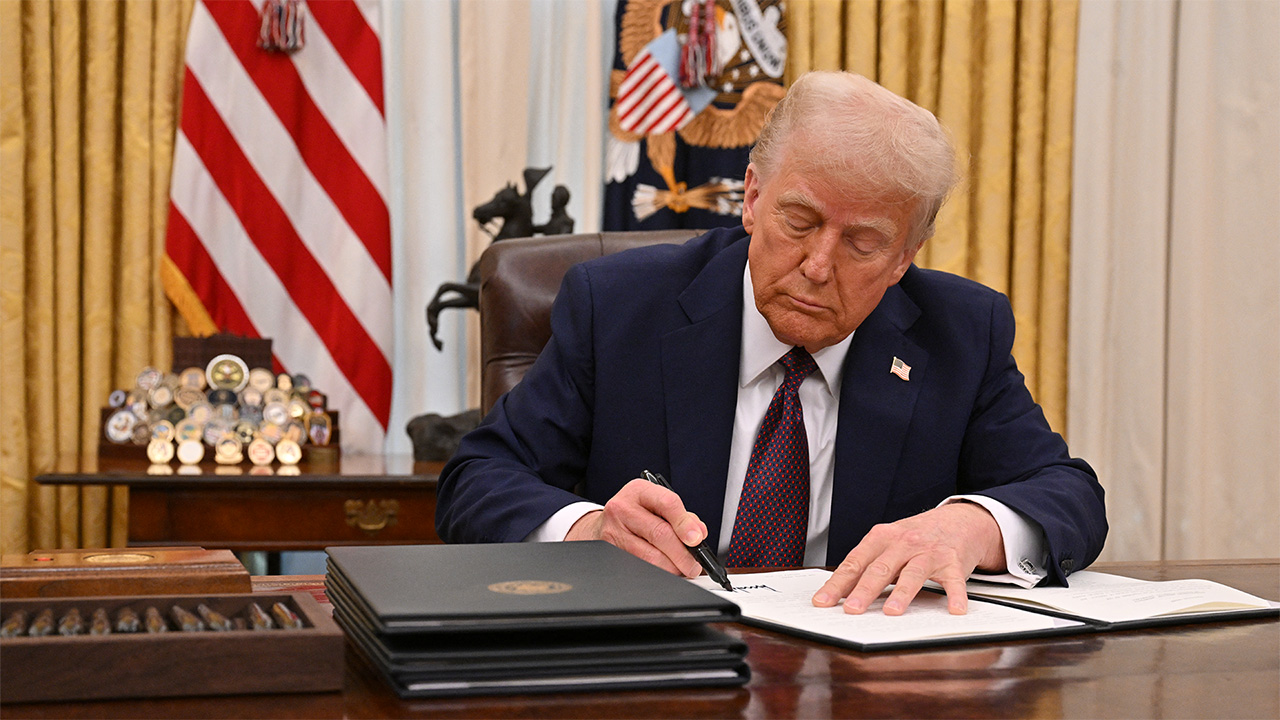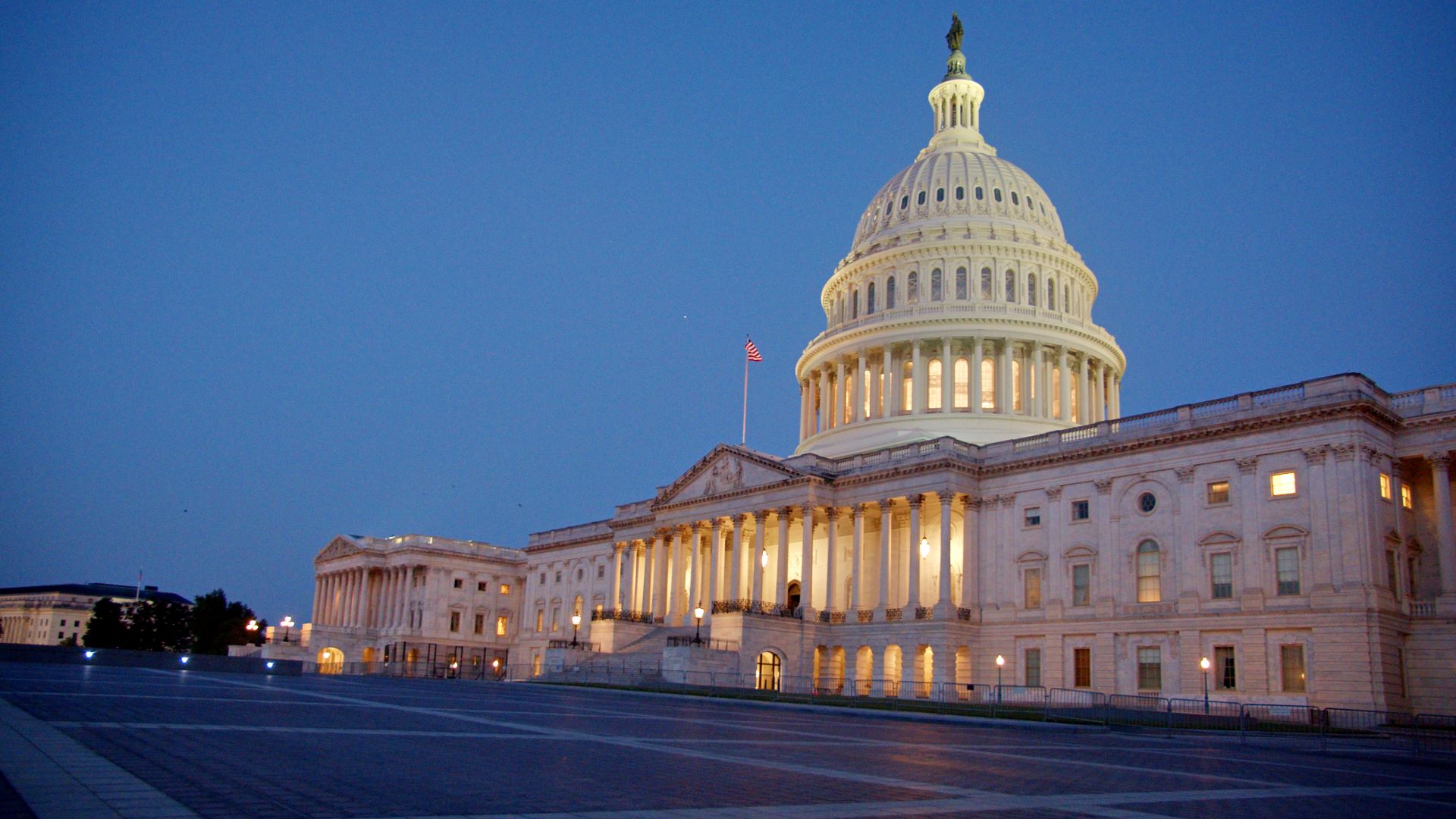Trump's tariffs just blocked by major court ruling — here's what it means for you
Tariffs are going to need to be imposed the old-fashioned way — through Congress.

Those of you who were concerned about tariffs affecting the cost of your electronics may be in luck. A 3-judge panel at the Court of International Trade in New York has ruled that President Donald Trump exceeded his authority by imposing severe tariffs on imports, effectively declaring them illegal.
Congress usually approves tariffs, but Trump has previously declared that the U.S. trade deficit constituted a national emergency, which would give him the power to apply those tariffs on countries around the world.
The judges did note that they were not judging the president's use of tariffs as "leverage" in trade talks. But simply about whether Trump had the authority to apply them in the first place. They stated that tariffs are “impermissible not because it is unwise or ineffective, but because [federal law] does not allow it.”
The judges have said that the Trump administration must issue a new order reflecting this injunction within the next 10 days.
How will this affect you?

The key thing to remember here is that this does not mean the end of tariffs. The Trump administration has already filed an appeal against the ruling and spoken out against the court's authority. "It is not for unelected judges to decide how to properly address a national emergency,” White House spokesperson Kush Desai told Reuters.
Congress, which has always had the legal power to apply tariffs, is also controlled by the Republican Party. So while the president can't just announce new tariffs on social media or in a press conference, Congress could still pass tariffs under Trump's instruction, albeit at a much slower pace.
But moving at a slower pace, it's now much harder for Trump to use tariffs as a way to gain concessions from trading partners — and try to bring manufacturing jobs back to the U.S. in the process. It should also help alleviate the uncertainty of the tariff situation.
Get instant access to breaking news, the hottest reviews, great deals and helpful tips.
All of which is, of course, assuming that the court's ruling survives further appeals and legal challenges.
What about the price of gadgets?

Since the ruling invalidates all tariffs issued through the International Emergency Economic Powers Act, it should mean that the price of your gadgets won't go up. At least, not yet.
Congress could still impose tariffs on certain imports, and that means we could still see a 25% tariff on all iPhones that aren't made in the U.S., which would be all iPhones, since it would be years before any hypothetical U.S.-made iPhones could ever be made. Assuming they ever do.
However, the fact that these tariffs would go through the usual channels should give everyone advance notice of what's happening. No more waking up and seeing that tariffs on Chinese imports are up by X per cent. Or that certain tariffs have now been postponed by however many weeks.
That way, companies will be able to determine whether they can absorb some of the tariff costs or if they will have to be passed on to the consumer, and inform everyone accordingly. It may not stop you from having to pay more for the iPhone 17 or Nintendo Switch 2, but at least it means you should know ahead of time.
Again, assuming the new court ruling sticks, and the President doesn't gain the ability to impose or remove tariffs at a moment's notice legally.
More from Tom's Guide
- Nvidia's rumored gaming laptop APU just spotted in new leak — what we know
- Nintendo Switch 2 pre-orders live — latest restock updates and retailers to check now
- iPhone 17 Pro Max just shown off in hands-on video — and there's a big design trade-off

Tom is the Tom's Guide's UK Phones Editor, tackling the latest smartphone news and vocally expressing his opinions about upcoming features or changes. It's long way from his days as editor of Gizmodo UK, when pretty much everything was on the table. He’s usually found trying to squeeze another giant Lego set onto the shelf, draining very large cups of coffee, or complaining about how terrible his Smart TV is.
You must confirm your public display name before commenting
Please logout and then login again, you will then be prompted to enter your display name.
